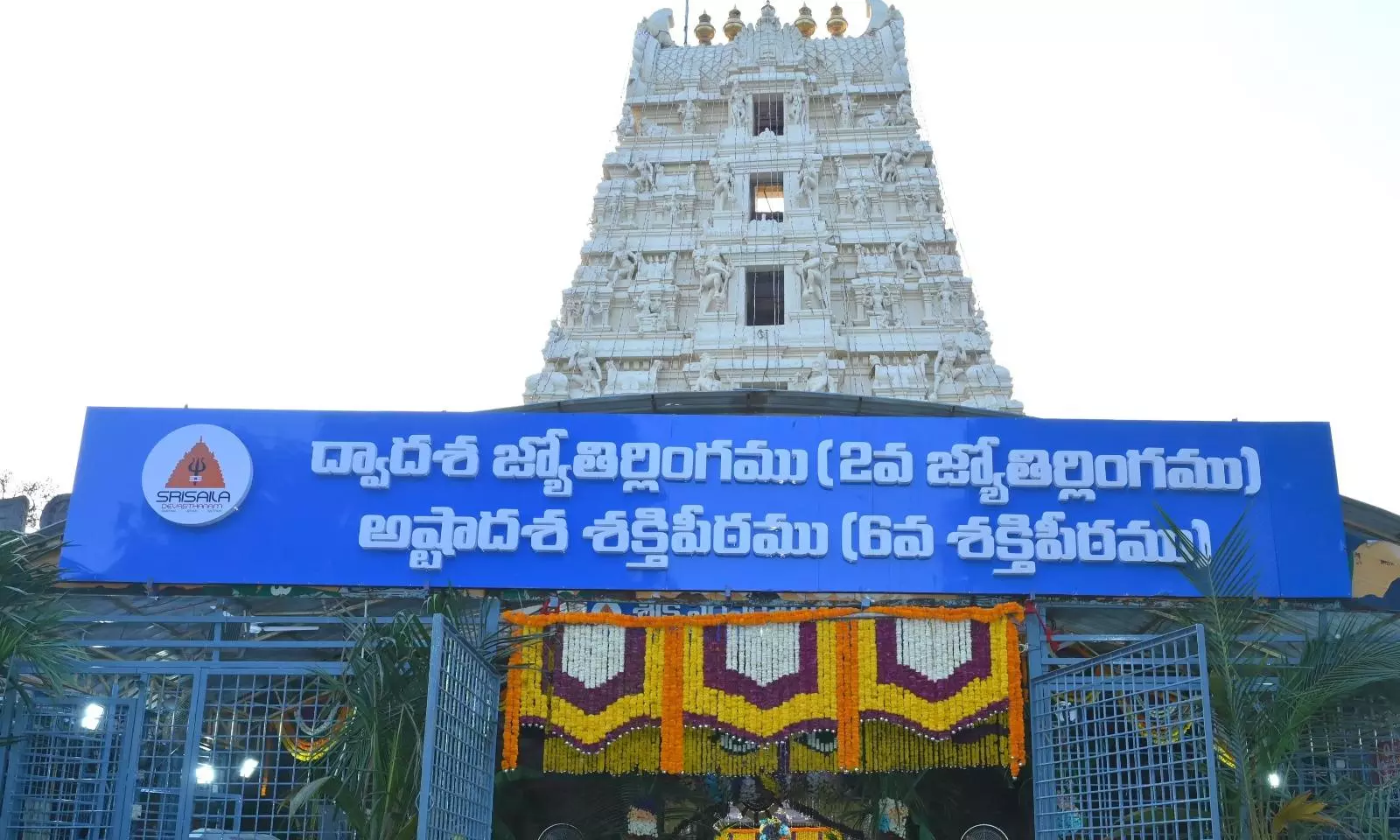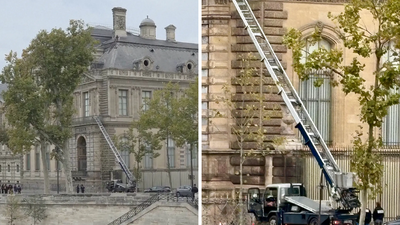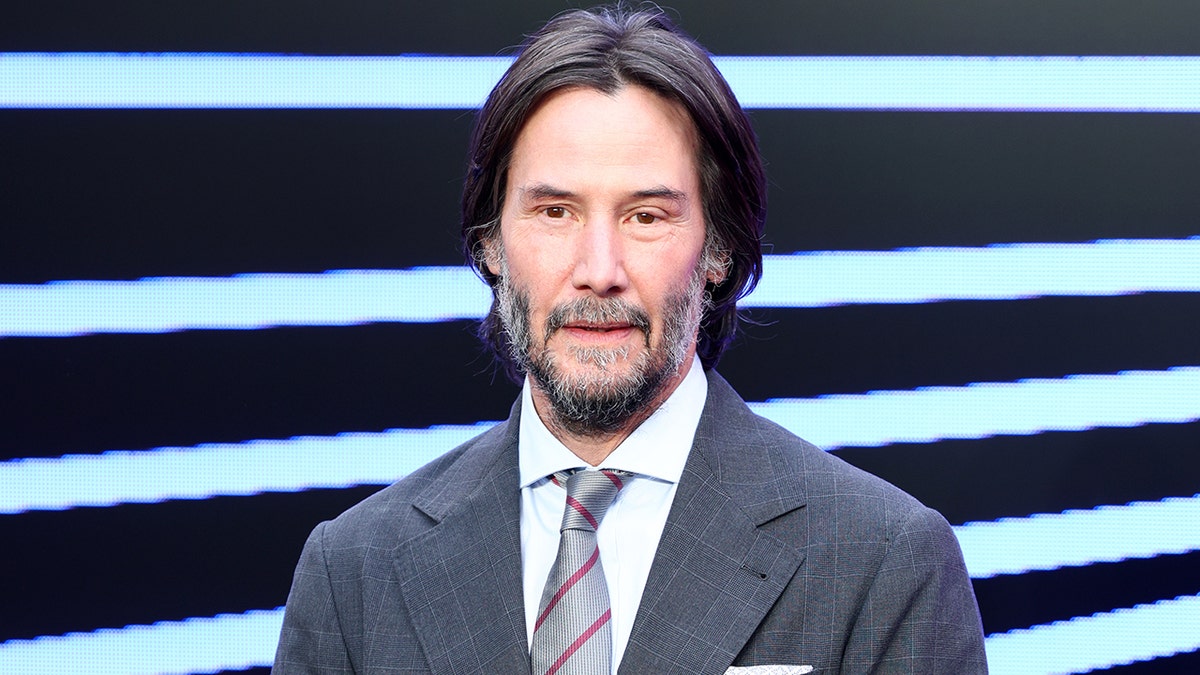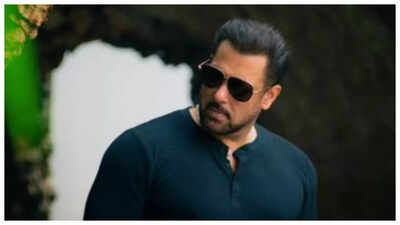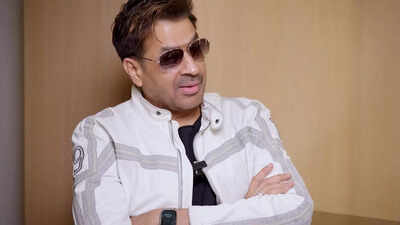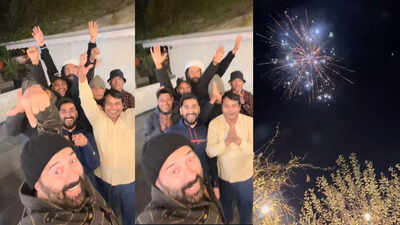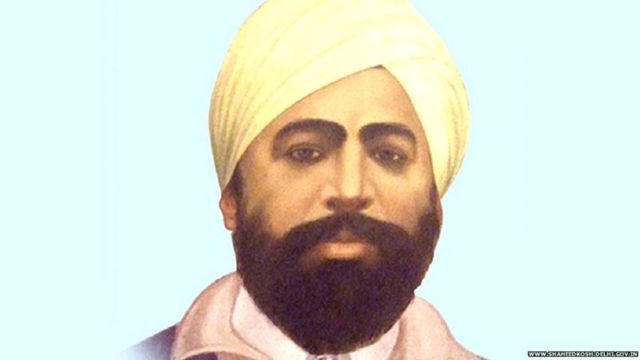
image source, WWW.SHAHEEDKOSH.DELHI.GOV.IN
The year was 1933, the place was Lahore, the capital of undivided Punjab. The man who was known by the British police and intelligence agencies as Uday Singh, Sher Singh and Frank Brazil, now his passport name was Udham Singh.
This fake British passport was signed by the name of Udham Singh and numbered 52753
The person registered as Uday Singh in the police records had now become Udham Singh. Udham Singh’s aim behind obtaining this passport was to escape from the eyes of the police and go out of India.
This information was given by Dr. Navtej Singh, Professor of History at Punjabi University Patiala, in his book ‘The Life Story of Shaheed Udham Singh’ and Sikandar Singh, Professor of History, Government Kirti College, Patiala, in his book ‘A Saga of Freedom Movement and Jallianwala Bagh’. It is also written in
Both have mentioned the record of the British government in their book.
It was the same Udham Singh who killed Michael O’Dwyer, who was once the Lieutenant Governor of Punjab, on 13 March 1940 at Caxton Hall in London.
Udham Singh is believed to have killed Michael O’Dwyer in Amritsar in 1919 to avenge the Jallianwala Bagh massacre and to protest against the then British rule in India.
Dr. Navtej has recorded Udham Singh’s statement citing British records, in which he has cited the most important reason for registering a protest against the British rule.
Udham Singh changed many names in his life, traveled to many countries and adopted many professions.
image source, THE PATIENT ASSASSIN/ANITA ANAND
1931 photo of Udham Singh
According to Dr. Navtej, sometime in 1934, Udham Singh reached Britain.
He explains, “Udham Singh first reached Italy, where he stayed for 3-4 months. Then passing through France, Switzerland and Austria, he reached England at the end of 1934.
“Between 1936 and 1937, Udham Singh traveled to Russia, Poland, Latvia and Estonia, and returned to England in 1937.”
According to Rakesh Kumar, who has written 4 books and a play on Udham Singh, “Udham Singh has traveled to about 18 countries in his life. Especially those countries where there were people associated with the Gadar Party.”
Over the years, some movie clips have become popular on social media. It was claimed about these videos that Udham Singh has worked in these films.
To confirm this, we talked to people doing research on history and especially Udham Singh in Britain and India and also took references from books.
It is clear from all the sources that Udham Singh had worked in some films in Britain.
image source, London Films
acted in films
Peter Bains researches the history of Maharaja Duleep Singh, the Punjab and the Sikhs in Britain.
Peter explains, “In 2004, I wrote my book titled ‘Six in Britain’. At that time I met many Punjabi families living in Britain. Some of them were elders who had met Udham Singh.
“He told me that many Punjabis living in Britain in the 1930s got small roles in films.”
“Khalsa Jatha is a very old Gurdwara Sahib in Britain. It was built with the help of the Maharaja of Patiala, Maharaja Bhupinder Singh and was named ‘Maharaja Bhupinder Singh Dharamshala’ at that time.
“The film companies approached the Khalsa Jatha directly and the Jatha sent Indians to the film companies to play the roles of the mob and other characters.”
Out of these, Asa Singh Grewal and Babbu Singh Bains were seen in many films. Similarly, Udham Singh has also worked in some films.
Roger Perkins has written several books on the history of the British Army and Navy over the past 40 years. He has written a book on the Jallianwala Bagh massacre and the assassination of Michael O’Dwyer by Udham Singh.
The name of that book is ‘The Amritsar Legacy’. In this book published in 1989, there is mention of Udham Singh working in films.
Rodgers writes, “Hungarian journalist and filmmaker Alexander Korda set up his studio in Denham.”
“He made two films in the 1930s that required non-European supporting actors.”
Udham Singh worked as a supporting artist in ‘Sabu the Elephant Boy’ and ‘The Four Feathers’. He appeared as part of the crowd in these films.”
image source, PARTITION MUSEUM
Michael O’Dwyer was the Lieutenant Governor of Punjab at the time of the Jallianwala Bagh incident.
According to Rogers, it is not expected that he would be earning well by working in such films.
Peter Bains says that he has also met the son of actor Asa Singh Grewal, who has confirmed his father’s and Udham Singh’s work in films.
Dr. Navtej Singh has also mentioned in his book that Udham Singh did films for Denham Studio.
Ajay Kishore lives in Britain and has done a lot of research about Udham Singh. Ajay has saved the news of many old newspapers related to Udham Singh.
Some time ago he found a newspaper cutting, in which there was news of the arrest of Udham Singh in 1938.
Referring to this incident, Dr. Navtej said that Udham Singh and one of his companions were accused of threatening a person and demanding money.
Udham Singh was acquitted due to the lack of consensus of the jury in this case.
image source, THE PATIENT ASSASSIN/ANITA ANAND
It is said that Udham Singh was an expert in changing his appearance, one of his many faces, this picture is from 1935
While writing this news, while telling about the identity of Udham Singh, it was written that Udham Singh had worked in the film ‘The Drum’.
While sharing some clips of the film ‘The Elephant Boy’ on social media, it is being claimed that Udham Singh is in these clips.
All historians agree that Udham Singh acted in ‘The Elephant Boy’, but their opinions differ on the claims made regarding the clips.
Ajay Kishore has also shared some clips on his Instagram account. Ajay claims that he has carefully examined every frame of the film and selected those clips in which he thinks Udham Singh is seen.
Historian Professor Chaman Lal says that he has been confirmed by the Shaheed Udham Singh Welfare Trust of Birmingham that Udham Singh is seen in that clip of ‘The Drum’.
Rakesh Kumar says that there should be a scientific inquiry into the scene in which Udham Singh is seen.
image source, Roger Perkins Books
Hustle changed many names
Udham Singh was born on 26 December 1899 in Sunam of Sangrur district of Punjab. There are different opinions about the date and year of birth, but most historians agree on this date and year.
Udham Singh’s first name was Sher Singh. Udham Singh’s mother’s name was Naraini and father’s name was Chuhad Ram.
After the death of his parents in his childhood, when Udham Singh had to live in the Khalsa Orphanage in Amritsar, his name was written there as Sher Singh. This has been confirmed by Dr. Navtej Singh.
According to Rakesh Kumar, his childhood name was Sher Singh, but when Udham Singh was arrested in Amritsar in 1927, his two names Uday Singh and Frank Brazil came to the fore.
“After his release he became Udham Singh with a new British passport. The names of Mohan Singh, US Sidhu, Mohan Singh, US Azad, Sidhu Singh etc. are recorded in the records of the British government.
When he was arrested after the murder of O’Dwyer at Caxton Hall in 1940, he gave his name as Muhammad Singh Azad.
“After that all the letters written from jail were written in the name or signature of Muhammad Singh Azad. He also specially wrote a letter that he should not be called by any other name.
image source, THE PATIENT ASSASSIN/ANITA ANAND
Udham Singh was arrested after shooting Michael O’Dwyer, this picture is from the same time
Effect of Bhagat Singh
Historian Professor Chamanlal says, “Udham Singh was a multifaceted personality. He was greatly influenced by Bhagat Singh and the movement associated with him. Udham Singh was not a writer like Bhagat Singh.
“His letters on record were written mostly on a personal level but some letters also referred to political matters.”
“Udham Singh used to speak strongly. His speeches in the court were on the lines of Bhagat Singh. There he spoke forcefully.”
According to Dr. Navtej, between 1919-1921, when the conflict was going on between the British government and the tribes on the border of Afghanistan, at that time the British soldiers were being provided with ammunition and logistics through railways.
Many Indians were sent to help in this campaign. Udham Singh worked in the Railways from 1919 to 1921, for which he received the ‘Seva Medal’.
According to Dr. Navtej, apart from this, Udham Singh worked as a motor mechanic in Nairobi and as a mechanic in Ford Company in America. He also worked as a carpenter.
When Udham Singh arrived in Britain in 1934, he worked as a carpenter in various companies.
Udham Singh was buried near Madan Lal Dhingra
After the murder of Michael O’Dwyer, Udham Singh was tried and sentenced to death.
Udham Singh was sentenced to death at Pentonville Jail at nine in the morning of July 31, 1940.
Udham Singh’s last rituals were not allowed to be completed. Citing government records, Dr. Navtej writes that the word ‘US’ was inscribed on his grave and that he was buried in Pentonville Jail near the grave of Madan Lal Dhingra, who was hanged in 1909.
Later Udham Singh’s body was brought back to India on 19 July 1974 and his last rites were performed here.
On 2 August 1974, his ashes were collected and kept in 7 urns.
One of them was sent to Haridwar, the other to Gurdwara Kiratpur Sahib and the third to Roza Sharif. The last urn was taken to Jallianwale Bagh.




